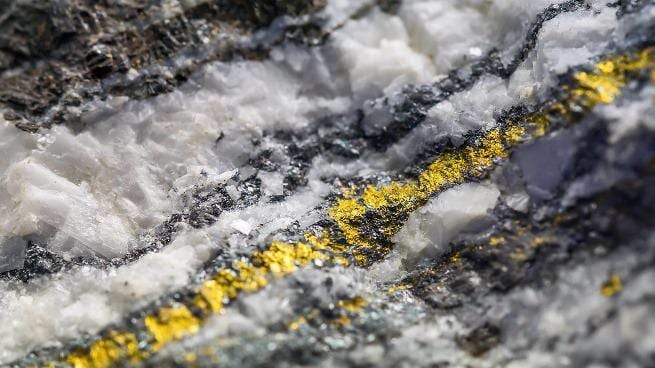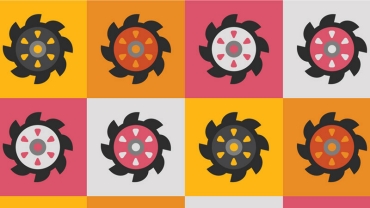

Now in its 15th year, Aussie Mine provides industry and financial analysis on Australia’s mid-tier mining sector.
The mid-tier 50 (MT50) are the largest ASX mining companies with a market capitalisation of less than $5 billion as at 30 June 2020. Collectively, the MT50 has held level revenues and profits throughout the past year, despite the onset of COVID-19. The pandemic has also highlighted the mining sector’s resilience, and the key role that miners play in supporting communities and the broader economy. There is little doubt that Australian federal and state governments will look to the mining industry to continue to be the bedrock of the economy, and to lead us out of this crisis.
With a global workforce in excess of 50,000 people and a market capitalisation of approximately $61 billion, the MT50 is large enough to be an ASX5 company. This year, gold miners represent the largest commodity group in the MT50 (44% of entrants), however coal companies contributed the largest share of revenue ($11.4 billion or 35% of the MT50) having produced more than 120 million tonnes (equivalent to Australia’s domestic coal use) in the past year.
Our report on Australia’s mid-tier mining sector shows that the group now, more than ever, holds significant influence to help resource Australia’s economic recovery. There is an opportunity for members of the MT50 to not only redefine their productivity model as a result of the pandemic, but to ensure their technology is secured to create mines of the future. With ESG an ongoing focus for stakeholders, the industry must continue to incorporate ESG opportunities into strategic settings and implement appropriate governance and reporting structures. This will also boost their ability to resource Australia's recovery.
The MT50
The 50 largest mining companies listed on the Australian Securities Exchange with a market capitalisation of less than $5 billion at 30 June 2020, with an average market capitalisation of just over $1.2 billion.
In 2020, the MT50 is a story of two groups that largely offset one another. The first includes producers of gold and iron ore, which have benefited from a significant increase in commodity prices and high demand. The second group, featuring commodities such as coal and copper, has not enjoyed these benefits. At the same time, this second group has suffered higher costs incurred while managing operations during COVID-19 not to mention a stronger Australian dollar against the greenback.
On balance, the MT50 has maintained their strong position from last year. With a record $43.1B in net assets, the mid-tier mining sector has the greatest depth we've seen, together with a number of explorers joining the cohort.
Mineral Resources Limited
Head office: Perth
Market capital ($M): 3,976
Market Capitalisation change to 2019 to 2020: 42%
Commodity: Diversified
No. employees: 2,350 employees across 1 country
Alumina Limited
Head office: Melbourne
Market capital ($M): 4,679
Market Capitalisation change to 2019 to 2020: -30%
Commodity: Alumina
No. employees: 5,100 employees across its global operating facilities including its joint venture with Alcoa.
Iluka Resources Limited
Head office: Perth
Market capital ($M): 3,606
Market Capitalisation change to 2019 to 2020: -21%
Commodity: Mineral Sands
No. employees: 3,259 employees across 3 countries
Tap to explore.



Commodities
This map displays MT50 mines in production in Australia.
Contact us
Carla Reynolds
Energy Utilities & Resources Markets Lead, PwC Australia
Tel: +61 431 706 222



















